Filter by
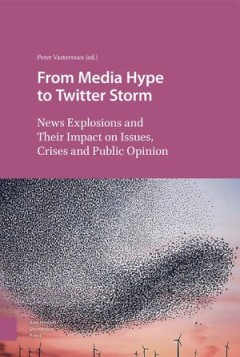
From Media Hype to Twitter Storm News Explosions and Their Impact on Issues,…
The word media hype is often used as rhetorical argument to dismiss waves of media attention as overblown, disproportional and exaggerated. But these explosive news waves, as well as - nowadays - the twitter storms, are object of scientific research, because they are an important phenomenon in the public area. Sometimes it is indeed 'much ado about nothing' but in many cases these media storms …
- Edition
- -
- ISBN/ISSN
- -
- Collation
- -
- Series Title
- -
- Call Number
- -

Cyber Public Sphere and Social Movements Calling to Cyber Spaces
The diversification and politicisation of the mass media within itself and also societal pressure created by the mass media at a social level have caused changes to our social structure. The first change began with the contextual changes to the mass media, and this change led to visible changes in societies. That transformation has almost erased the distinction between the private and the publi…
- Edition
- -
- ISBN/ISSN
- 9783848749133
- Collation
- -
- Series Title
- -
- Call Number
- -
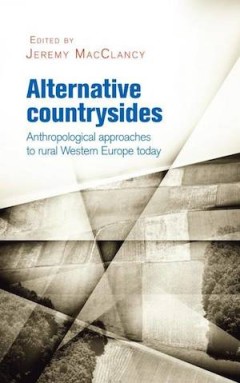
Alternative countrysides Anthropological approaches to rural Western Europe …
A fresh anthropological look at a central but neglected topic: the profound changes in rural life throughout Western Europe today. As locals leave for jobs in cities they are replaced by neo-hippies, lifestyle-seekers, eco-activists, and labour migrants from beyond the EU. With detailed ethnographic examples, contributors analyse new modes of living rurally and emerging forms of social organisa…
- Edition
- -
- ISBN/ISSN
- 9780719096846
- Collation
- -
- Series Title
- -
- Call Number
- -

Freedom of the Press On Censorship, Self-censorship, and Press Ethics
Since antiquity it has been known that without the freedom to speak, and later to publish, the road to fanaticism and totalitarianism lies wide open. This book focuses on how the 'press' reacted, when press freedom was under strain in number of cases in the 20th century and the beginning of the 21st century. Contemporary literature on the freedom of the press has its focus on the role of the pr…
- Edition
- -
- ISBN/ISSN
- 9783832951849
- Collation
- -
- Series Title
- -
- Call Number
- -
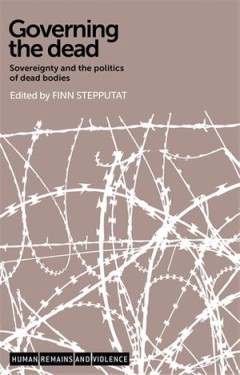
Governing the dead Sovereignty and the politics of dead bodies
This book looks at sovereignty as a particular form of power and politics. It shows that the fate of bodies in the transition from life to death can provide a key to understanding fundamental ways in which sovereignty is claimed and performed. The contributions analyse (post-)conflict as well as non-conflict contexts, which too often are studied in isolation from one another. Focusing on contem…
- Edition
- -
- ISBN/ISSN
- 9780719096082
- Collation
- -
- Series Title
- -
- Call Number
- -
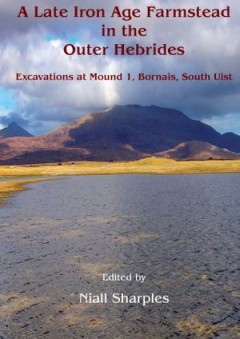
A Late Iron Age farmstead in the Outer Hebrides Excavations at Mound 1, Born…
The settlement at Bornais consists of a complex of mounds which protrude from the relatively flat machair plain in the township of Bornais on the island of South Uist. This sandy plain has proved an attractive settlement from the Beaker period onwards; it appears to have been intensively occupied from the Late Bronze Age to the end of the Norse period. Mound 1 was the original location for sett…
- Edition
- -
- ISBN/ISSN
- 9780000000901
- Collation
- -
- Series Title
- -
- Call Number
- -
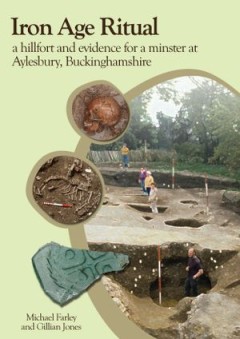
Iron Age Ritual A hillfort and evidence for a minster at Aylesbury, Buckingh…
The excavation of an area within the grounds of the Prebendal, Aylesbury, Buckinghamshire, adjacent to the parish church of St Mary's, showed that the town, which lies on a slight spur, is sited within a univallate Iron Age hillfort. Early-Middle Iron Age activity included the creation of a notable ritual area contaning the burials of four children and a young woman, most accompanied by animals…
- Edition
- -
- ISBN/ISSN
- 9781789256536
- Collation
- -
- Series Title
- -
- Call Number
- -

The Harmony of Symbols
Three circuits of ditches comprise the Windmill Hill enclosure, which was re-examined in 1988 as part of wider research into the area's Neolithic sequence and environment, and the context in which monuments were built, used and abandoned. Detailed results are set out by category and theme, and abundant environmental evidence is presented covering soils, land snails, plant remains, charcoals, po…
- Edition
- -
- ISBN/ISSN
- 9781789256482
- Collation
- -
- Series Title
- -
- Call Number
- -
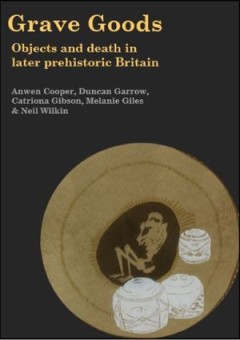
Grave Goods Objects and Death in Later Prehistoric Britain
Britain is internationally renowned for the high quality and exquisite crafting of its later prehistoric grave goods (c. 4000 BC to AD 43). Many of prehistoric Britain's most impressive artefacts have come from graves. Interred with both inhumations and cremations, they provide some of the most durable and well-preserved insights into personal identity and the prehistoric life-course, yet they …
- Edition
- -
- ISBN/ISSN
- 9781789257489
- Collation
- -
- Series Title
- -
- Call Number
- -
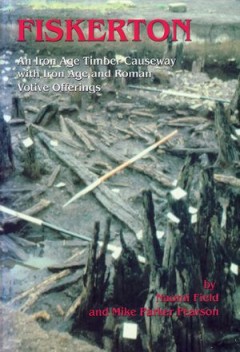
Fiskerton Iron Age Timber Causeway with Iron Age and Roman Votive Offerings
Fiskerton, located in the Witham valley of Lincoln, is one of only a handful of excavated sites in Europe to reveal the Iron Age practice of ritually destroying special and elite objects by placing them in a body of water. This volume reports on the 1981 excavations on the bank of the River Witham and provides fascinating insights into this important aspect of Iron Age religion and culture. A r…
- Edition
- -
- ISBN/ISSN
- 9781789256499
- Collation
- -
- Series Title
- -
- Call Number
- -
 Computer Science, Information & General Works
Computer Science, Information & General Works  Philosophy & Psychology
Philosophy & Psychology  Religion
Religion  Social Sciences
Social Sciences  Language
Language  Pure Science
Pure Science  Applied Sciences
Applied Sciences  Art & Recreation
Art & Recreation  Literature
Literature  History & Geography
History & Geography